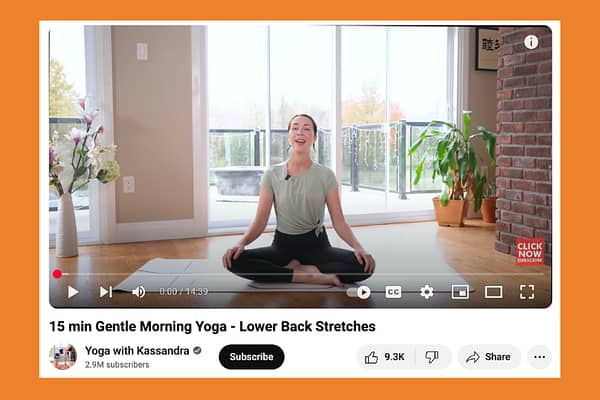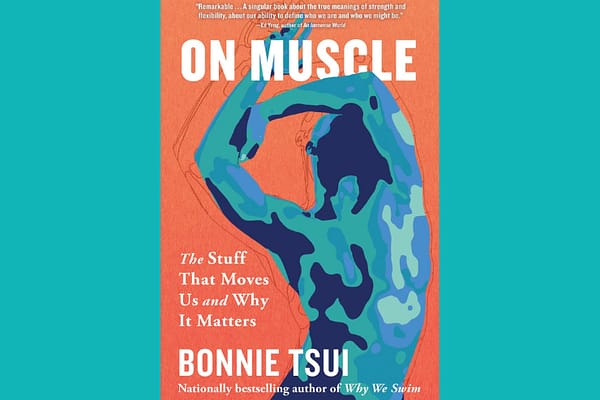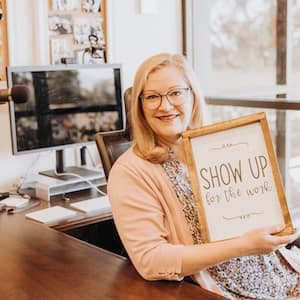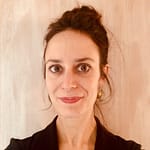Podcast (tihe_podcast):
Play in new window | Download | Transcript
Subscribe: Apple Podcasts | Spotify | RSS | How do I listen to a podcast?
Leslie Bayers discusses her chapter in Joy-Centered Pedagogy: The Joy of Embodied Learning on episode 580 of the Teaching in Higher Ed podcast.
Quotes from the episode
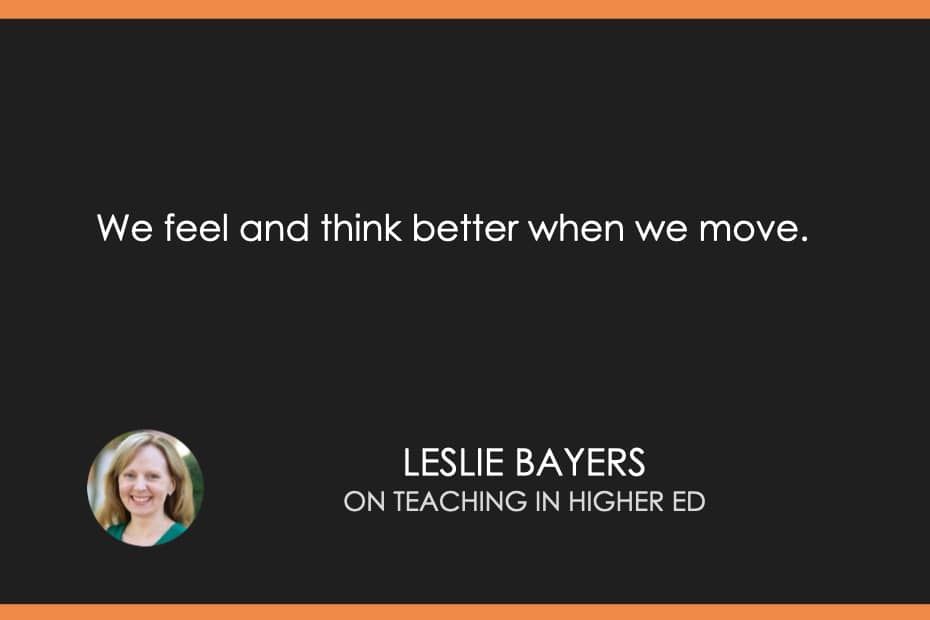
I certainly wasn't taught body literacy in school, and what I mean by that is how to read the internal signals that the body might be communicating.
-Leslie Bayers
We feel and think better when we move.
-Leslie Bayers
I try to get students moving or engaged with sensory textures as much as possible to spark learning.
-Leslie Bayers
How we feel absolutely shapes if and how we learn. And many of us feel this in our bodies.
-Leslie Bayers
Learning is incredibly hard work. It's one of the things that does drain the body of energy.
-Leslie Bayers
